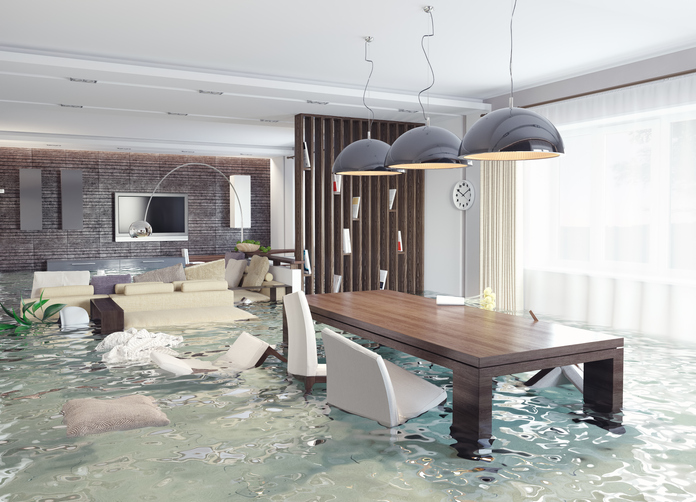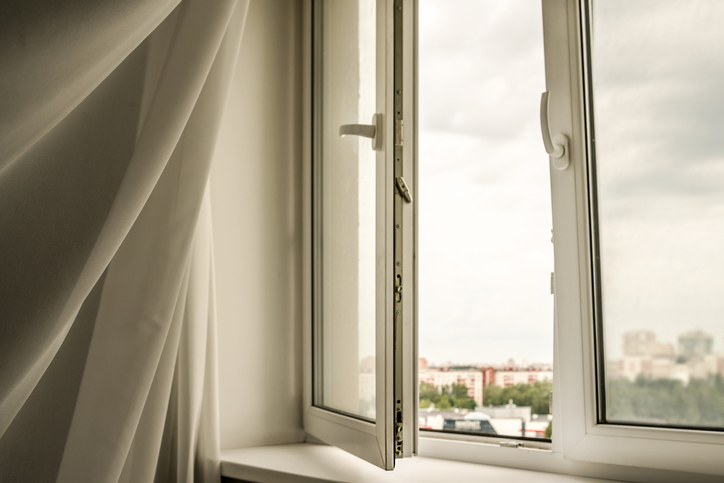Here’s what to do if your house ever gets flooded
Quick reaction by following these few steps could help save you a lot of money and headache.

image: iStock
Climate change has seen some rather unpredictable weather conditions in the country lately, with persistent rainfall causing major damage to infrastructure in residential areas.
As riverbanks collapse and drainage systems overflow, more and more citizens are experiencing flooding within their homes. Water damage can cost a homeowner a small fortune and the best thing to do would be try minimise this with some quick thinking.
Here are some steps to keep in mind:
Switch off the mains

First things first, switch off the mains as you really don’t want any electrical mishaps from this. So the best thing to do would be to get to the DB board of the house as quickly but as safely as possible and switch off the mains.
Isolate and insulate

After switching off the mains, the next best thing to do would be to grab those plastic shopper carriers sitting in your cupboard that you keep promising yourself you will take along with you the next time you go grocery shopping and finally put them to good use. For those appliances (TVs, Washing machine etc) with plugs on extension cords that rest on the floor, dry off and tie them securely inside the plastic shopper bags.
Move wooden furniture and electrical appliances to higher ground

Move all electrical appliances and wooden furniture resting on the floor to higher ground in areas of the house where water has not gotten to. If you can’t find an area that is not inundated with water, try to elevate these things so that they are no longer submerged. Wood swells when it is exposed to water, so you want to limit the amount of time it spends submerged in it.
Remove rugs and tie up curtains

Gather all your drenched rugs and get them out the house. They will dry when they dry. For those long curtains draping close to the floor, that will likely be submerged in water – squeeze them out and tie them up into a knot so they do not drape through the puddles.
Open all doors and windows once the downpour dies down
This is probably one of the most important things to do and the more crosswind you get into that house, the better. Yes, its going to be cold and uncomfortable but it’s also going to minimise the damp smell that was going to show up days later and it will make the next step much easier as well.

Brooms to push out water and mops to dry

If you have tiled floors, this trick helps the most. Use a broom to push out the bulk of the water. Tiles may be extremely slippery when doing this so remember to be as careful as you can, and if possible, not allow the elderly in the house to assist with this. The broom helps the most to guide water out. Once most of the water has been pushed out, use the mop to help you dry. The crosswind from the open windows will help you to dry those floors.
Always remember safety first and if you feel that the foundations and structure of the house might have been damaged by the water, best to get out of there as quickly as possible, getting your family to higher ground.
Now watch:
This video is no longer available.
For more news your way
Download our app and read this and other great stories on the move. Available for Android and iOS.









